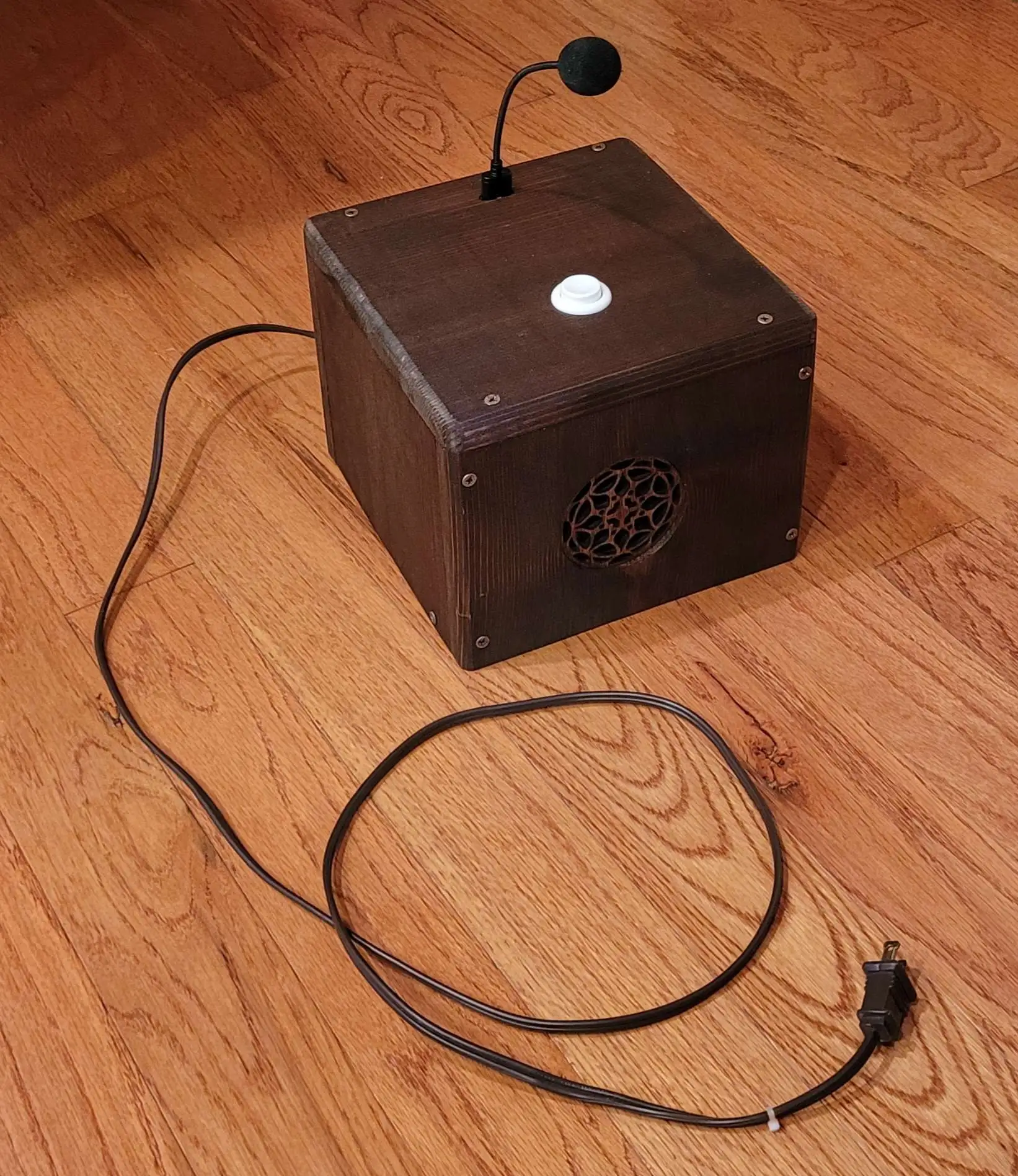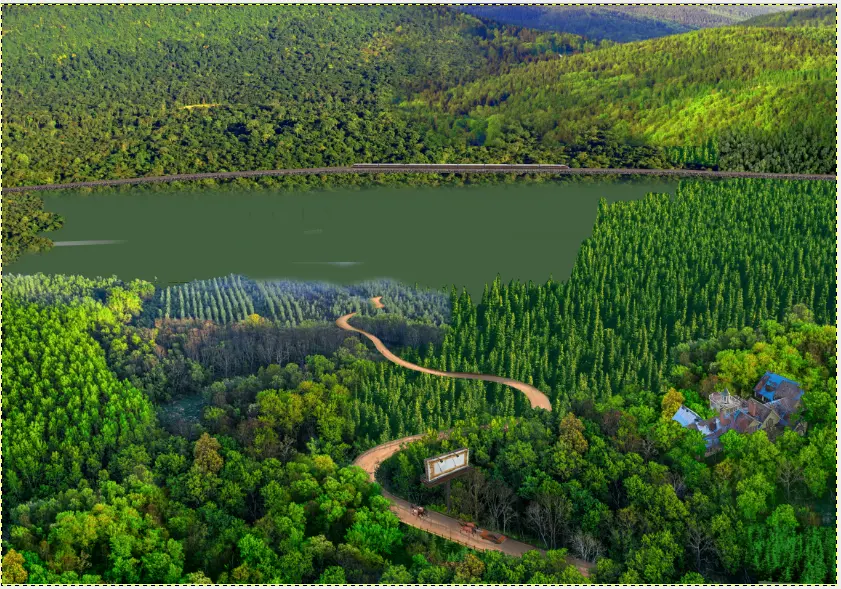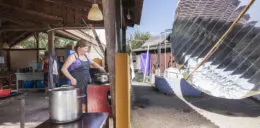For a long while, I'd been picturing a society that handled reuse the way I do IRL - if you have a thing, you make it last as long as possible, fix it if you can, and when it's finally worn out you find another use for it (even if just as component parts). I'd imagined the transfer of usable items would be handled informally, through community networks or something similar to Everything is Free/Buy Nothing groups IRL.
But conversations awhile back got me imagining a bigger, community/societal-level focus on reuse. Perhaps a society where most people's first source for some household items or appliances or furniture would be some kind of community stockpile. I imagine warehouses where items are sorted and tested, fixed, and perhaps broken down to components for other repairs. Where they're catalogued and posted to some kind of library- or eBay-like website. I imagine community drop off and collection points, where someone who's downsizing might bring extra appliances, and young folks just starting out might pick their first furniture. I picture a separate refuse stream for things that are still good or could be fixed, emphasizing that there's a difference between something you don't need anymore, and something nobody needs (actual garbage). I could even see work crews combing through long-abandoned houses, hauling out items to put back into circulation, before disassembling the building, Habitat For Humanity -style, to use the lumber and counters and cabinets etc elsewhere.
I don't think this would be the only source of stuff, probably not even the primary one. If you want fancy furniture I figure you'd go to a local workshop and see what they've got, or commission something from an open-source design. But I could see this system of reuse taking the place of something like Walmart or IKEA. Sort of your default for cheap stuff (I'm weak on economic theory; I'd love a society where it's all free, but I don't know enough to describe that with confidence. Hopefully it'd at least be a government org, or a worker run nonprofit type thing where all profits go to the workers and continuing operation?). I like the idea of a society with an institutional focus on reuse rather than extraction and disposal.
Normally I don't start off with a whole chunk of world building like that, but I'm planning some photobash scenes around these ideas, and I'd love to work out some of the questions and discussions about logistics before I've made the things and done something wrong.
The first question I had was around collection of these items. I'd been imagining some kind of vehicle operating a bit like a garbage truck, making rounds through various neighborhoods collecting the things people don't want, but less frequently and with a slower pace because they have to be more careful with the stuff they pick up and have to make more trips back to the depot. I'd love to do a streetcar or something other than a generic box truck, but I think a truck makes the most sense. Streetcars were occasionally used to deliver the mail, but I've found no examples of them even being used as garbage trucks, which might be able to maintain a pace that wouldn't disrupt everything else on the line. Depending on the level of service offered, they could need a lot of flexibility - do they pick up just from community drop off points, or from the curb outside people's homes, or do they assist with moving things out of homes for those who are elderly or disabled? Maybe different levels of service for different circumstances?
I hope people would do their best to re-home items directly using the future equivalent of EIF or Buy Nothing, but it'd be nice if there was an option besides the landfill for items that don't generate interest in their immediate community, or where the person just wants it gone with the convenience of throwing it out. I feel like this could help with that.
Then there's the question of how do you get bulky items home in a society where almost no one drives? IKEA and Walmart design a lot of their products to fit, flat-packed, into your sedan or hatchback. And they offer delivery. This society would be handling a lot of already built items and have a lower reliance on personal cars. Maybe most street cars would let you lug a dresser onboard if they're not crowded? I've certainly done similar with the local trains, though the guy at the turnstile wasn't paying attention and probably would have stopped us. Maybe you'd use a cargo bike and trailer? Maybe you just have to hire a delivery service for big things? Is it abelist if the small storefront-style drop-off/pickup sites first answer is to hand you a push cart with your bulky item and send you down the street with it?
Do you have any thoughts on the idea of reuse at this scale?




 Looking at this test I don't think I can feel a difference in depth with fingertips until I get to 30%.
Looking at this test I don't think I can feel a difference in depth with fingertips until I get to 30%.



That's a good list, thank you! I have a couple questions you might be able to answer:
Could you elaborate on the relays? I don't know anything about them yet (in their intended use or alternatives). Though I am reading up on them.
I know there's a some benefit in running 12v appliances (intended for campers) with solar panel setups because you don't have to convert from DC to AC then back to DC at the appliance. Would that work for just using a car's AC unit to cool a room, or are they built too specific to a car or not efficient enough to justify the work?
Thank you!!